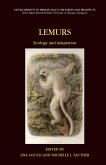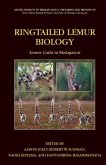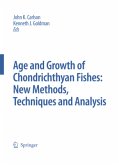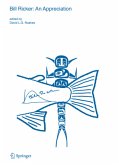Since the 1960s, primatologists have recognized the impact of predation on the evolution of morphology, the social systems and cognitive behavior of monkeys and apes, but few studies considered its impact on the prosimians - lemurs, lorises, galagos and tarsiers. This comprehensive volume, written by experts in the field, narrows this gap by highlighting the effect of predation on the order Primates in general. Theoretical approaches to understanding how primates perceive predation threat, as well as proximate and ultimate causes to address threat and attack, are considered across the primate order. Although this volume concentrates on the least known group in this theoretical area - the prosimians - contributions by researchers on numerous primate taxa across four major geographical regions make this a novel and exciting contribution to students interested in primate evolution and ecology.
From the reviews:
"This volume concerns itself with the behaviour of primates when confronted with predators or the risk of predation. ... Overall, primate predation is certainly an understudied topic in our field. Primates (as prey) need to asses predator risk first by identification of the threat and then implement an appropriate anti-predatory strategy. ... The Gursky and Nekaris volume certainly adds to an interesting topic in search of hard empirical data and predictable patterns. I recommend reading this book." (Daniel L. Gebo, Journal of Mammalian Evolution, Vol. 14, 2007)
"This volume concerns itself with the behaviour of primates when confronted with predators or the risk of predation. ... Overall, primate predation is certainly an understudied topic in our field. Primates (as prey) need to asses predator risk first by identification of the threat and then implement an appropriate anti-predatory strategy. ... The Gursky and Nekaris volume certainly adds to an interesting topic in search of hard empirical data and predictable patterns. I recommend reading this book." (Daniel L. Gebo, Journal of Mammalian Evolution, Vol. 14, 2007)








